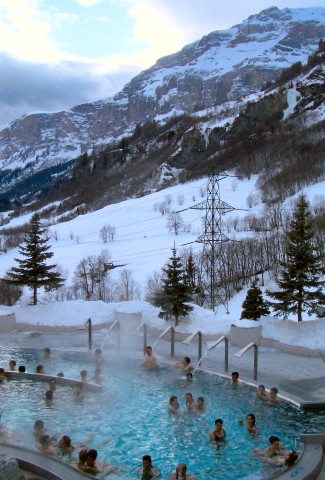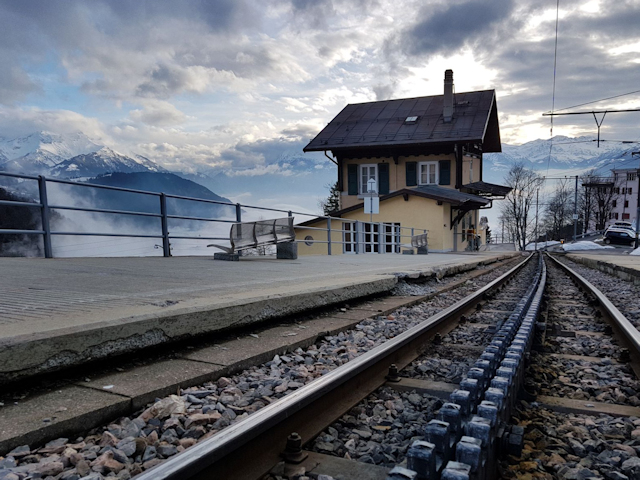 The Brits came first. And most recently the Russians have become commonplace in many of the most fashionable resorts like Ischgl, Verbier and St Moritz. However the next wave of winter tourists in Switzerland may dwarf the numbers from these countries. There are 1.4 billion Chinese, and they are taking up winter sports in increasing numbers.
The Brits came first. And most recently the Russians have become commonplace in many of the most fashionable resorts like Ischgl, Verbier and St Moritz. However the next wave of winter tourists in Switzerland may dwarf the numbers from these countries. There are 1.4 billion Chinese, and they are taking up winter sports in increasing numbers.
Currently about a million Chinese have tried skiing, but the country’s resorts are limited. A national water shortage also limits the ability of existing resorts in China to use snow cannon.
The country is bidding to host the 2022 Winter Olympics, and the head of China’s Olympic Committee is hoping to get upto 300 million citizens involved in skiing and skating. There is little doubt that Europe, and Switzerland in particular, will need to gear up for a Chinese invasion in the coming years.
Whilst travelling around Switzerland I have come across an increasing number of Chinese nationals who are visiting Europe in winter. Many are coming because the timing is convenient or the prices are attractive. Few intended to ski or snowboard, but that might change.
Many Chinese too may be less attracted by the allure of the slopes than the lifestyle associations of winter sports – the clothing, the après ski, the scenery, the effortless public transport. Additionally, from the viewpoint of the tourist industry, the Chinese are particularly attractive visitors because they typically spend twice as much at German guests skiing in Switzerland, according to Bloomberg.
Unfortunately those that do embrace skiing or snowboarding tend to see these as dare-devil sports, and can be reckless on the slopes. In China, resorts line the edge of slopes with safety nets, but the accident rates are high and increasing. Turning is seen by some as a loss of bottle.
The challenge may well be to provide packages to Chinese tourists that include lessons, even for those who think their abilities on the slopes do not merit them.

 I have Swiss insurance and am a member of Rega (the air ambulance people), but there are some gaps in terms of ski insurance cover. In many resorts there is an excellent service you can buy with your lift pass called Snowcare. It costs SFr 5 per day and covers refunds of ski pass, lessons and equipment hire if the slopes are closed, and costs of assistance and rescue, transport by ambulance and helicopter, medical expenses, sanitary repatriation and legal assistance. The amount is limited, but the ceilings seem reasonable, and the insurance is intended to supplement usual insurance and European Health Insurance Card provisions as applicable. It also does not cover off-piste activities. If you’re looking to switch health insurance, there are several options out there. Ski and snowboarding accidents can be painful, specially while practicing on the snowy mountains, check these
I have Swiss insurance and am a member of Rega (the air ambulance people), but there are some gaps in terms of ski insurance cover. In many resorts there is an excellent service you can buy with your lift pass called Snowcare. It costs SFr 5 per day and covers refunds of ski pass, lessons and equipment hire if the slopes are closed, and costs of assistance and rescue, transport by ambulance and helicopter, medical expenses, sanitary repatriation and legal assistance. The amount is limited, but the ceilings seem reasonable, and the insurance is intended to supplement usual insurance and European Health Insurance Card provisions as applicable. It also does not cover off-piste activities. If you’re looking to switch health insurance, there are several options out there. Ski and snowboarding accidents can be painful, specially while practicing on the snowy mountains, check these 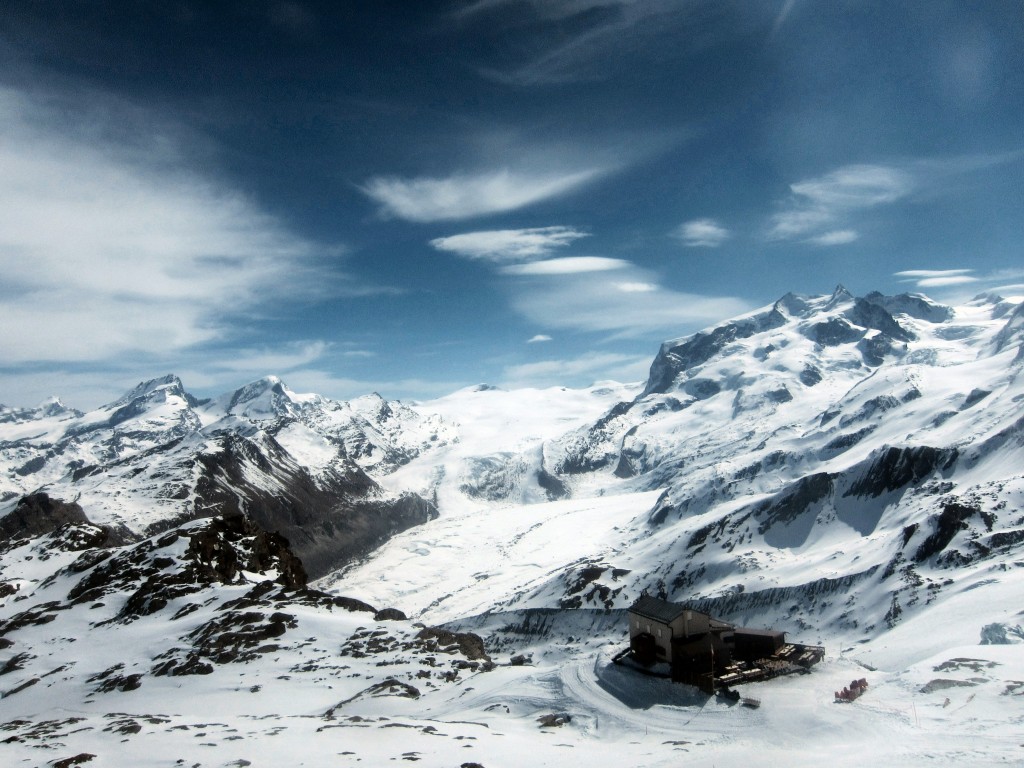
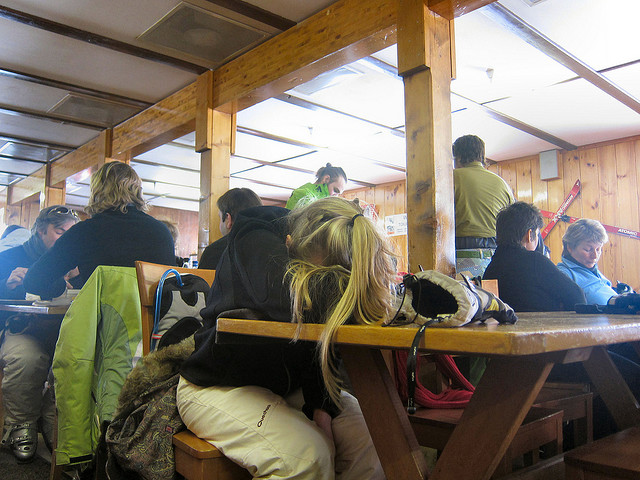
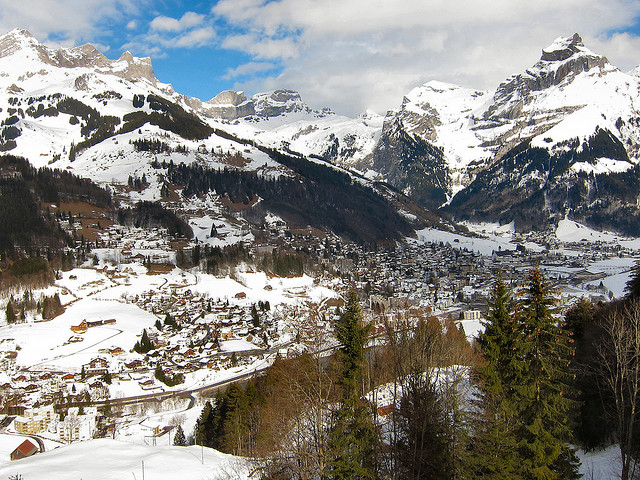
%20-%20South%20Face%20of%20Obergabelhorn%201974.jpg)
